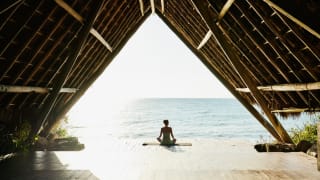How Destination Canada’s loyalty programme took flight
How is the world of travel and tourism changing? Before she joins us as one of the City Nation Place Awards judges, Gloria Loree, SVP & Chief Marketing Officer for Destination Canada, outlines how a loyalty programme created the space to re-engage prospective travellers in the country, how Destination Canada are collaborating with their Indigenous Tourism partners, and a few of her personal predictions for the future.
The travel and tourism industry has faced staggering challenges over the past few years and seen rapid change. Which changes to the way the world travels do you think will become more permanent?
It's always tricky when you're in the predictive position because you're likely gonna be wrong. So I'll start by saying that I read an article in the New York Times recently that was fascinating to me. Now, this is customers in a different space - not in travel - but the adoption of e-purchases was going on a fairly linear, upward tick pre-2020. And then with pandemic, it just shot through the roof. We saw that shift in the travel and hospitality industry as well.
It's great to see that you're enjoying our content.
You've already read one article this month. Please sign in or create an account to continue reading - it's completely free and will only take a minute!
Thank you for using City Nation Place!
To access please sign in








